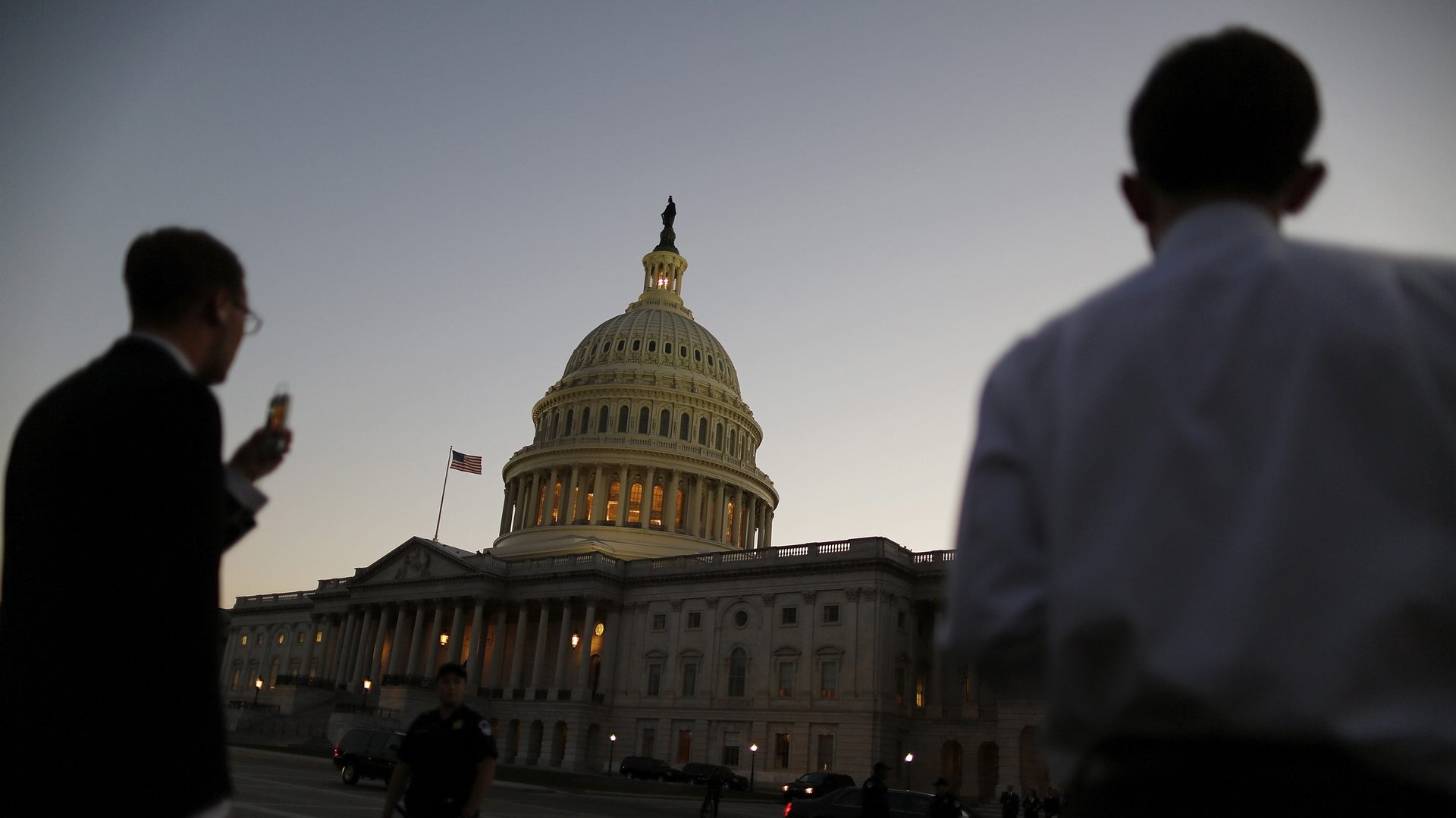The US is doing exactly what it should not on banking rules
This year is the 10th anniversary of the global financial crisis. To mark the occasion, the US Congress has dismantled some of the regulations put in place in the aftermath to prevent history from repeating itself.


This year is the 10th anniversary of the global financial crisis. To mark the occasion, the US Congress has dismantled some of the regulations put in place in the aftermath to prevent history from repeating itself.
In an unusual display of cross-party unity, Democrats and Republicans came together to loosen banking rules and reduce the number of lenders considered systemically important—that is, “too big to fail”—under the 2010 Dodd-Frank Act, a landmark law passed in the shadow of the crisis.
It’s the latest in a series of moves by the Trump administration to make America’s banks great again. Tax cuts enacted at the end of last year have boosted profits across the industry: American commercial banks generated a record collective quarterly profit of $56 billion in the first quarter, according to new data. Some $6.5 billion of that was thanks to a lower tax rate, according to the Federal Deposit Insurance Corporation (FDIC).
As the US economy gathers momentum, with historically low unemployment, the Federal Reserve, following its mandate, is tightening monetary policy by hiking interest rates to guard against overheating. This stands in contrast to the tax cuts, regulatory rollbacks, and other stimulus measures coming from the fiscal side. Martin Gruenberg, chairman of the FDIC, warned this week that banks must be ready for the “inevitable downturn” that follows the latter stages of an economic expansion.
There are timely warnings elsewhere about what happens when complacency sets in during the good times. Some emerging markets that gorged themselves on dollar-denominated debt are in trouble now that the dollar is strengthening as US interest rates rise.
Although currency mismatches aren’t an issue for the US, American households are on the hook for a record $13 trillion in debt. Ominous research by the IMF published earlier this year traced economic cycles over the past 300 years, identifying a perpetual progression of booms that led to deregulation that preceded financial meltdowns.
In other words, three centuries of history suggests that now is the time to strengthen supervision rather than water it down.